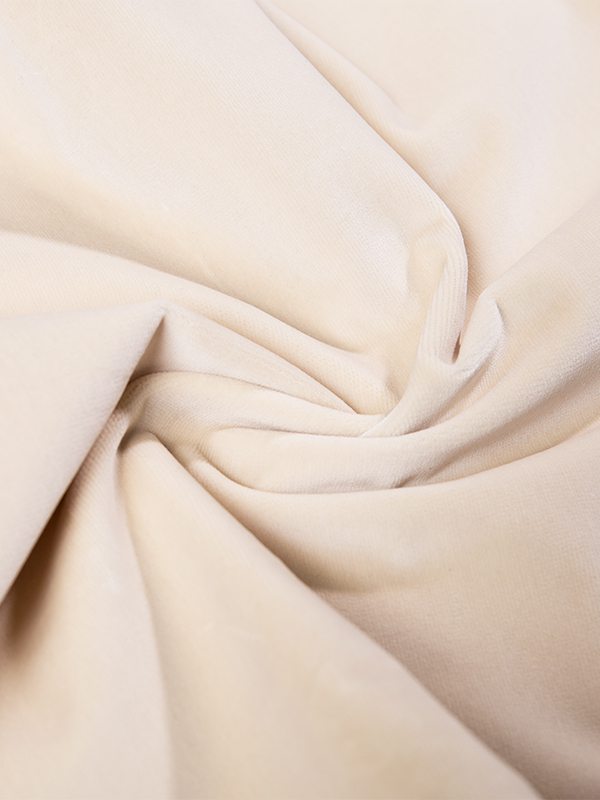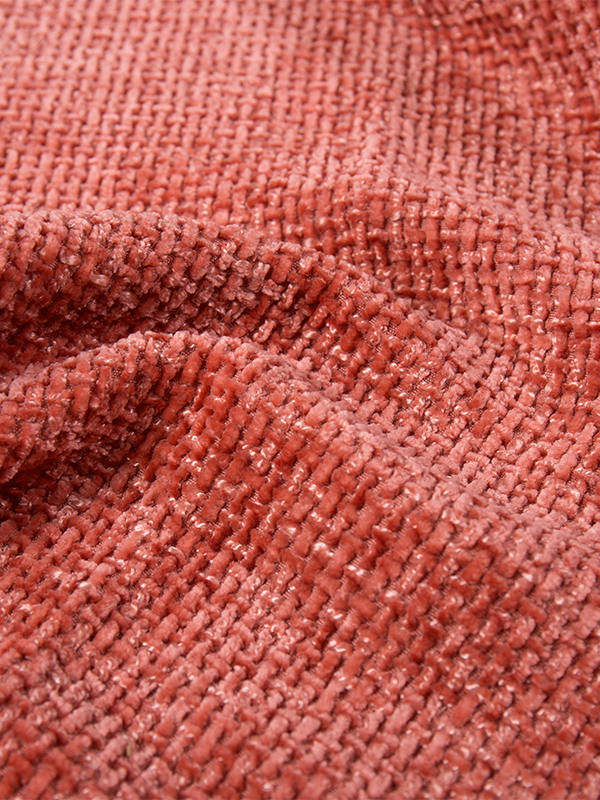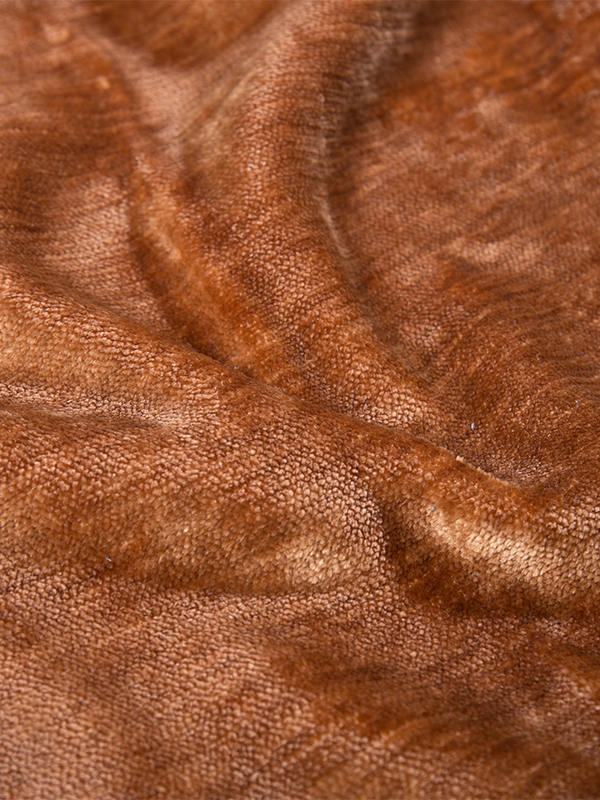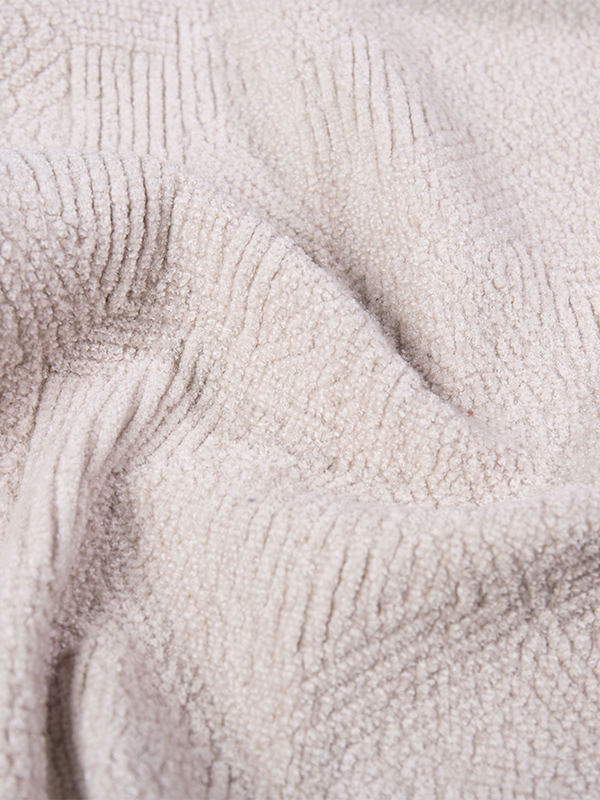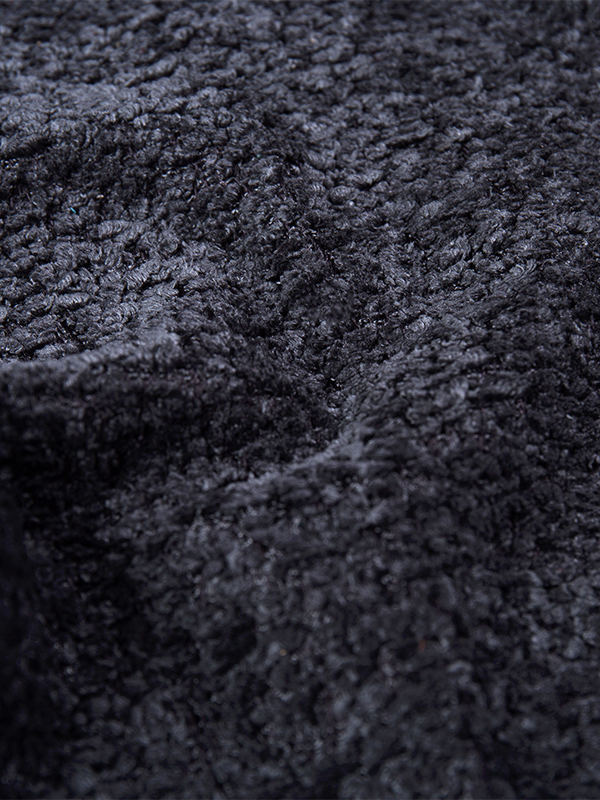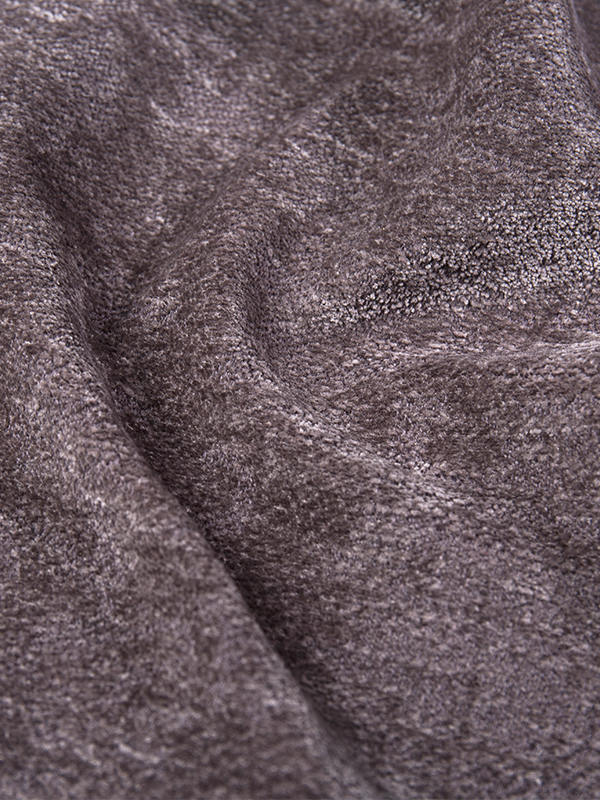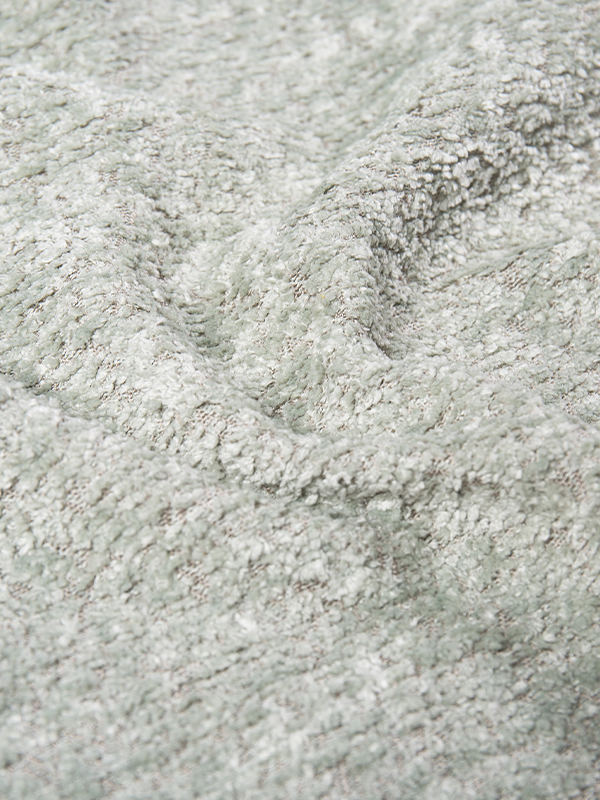2. Discharge printing selects dyes that are not resistant to discharge agents to dye the ground color. After drying, use the color dye printing paste containing the discharge agent or at the same time to contain the discharge agent. During post-processing, the ground color dye in the printing area will be destroyed. And achromatic, forming white patterns on the colored ground or colored patterns formed by dyeing with color dyes. Also known as whitening or coloring. Can it make the effect as if the clothes have been washed in water? The color of the clothes seems to have been washed off a lot, mottled~~ In fact, this is a discharging. The principle of discharging is to pull out the color of the fabric tissue and make it a lighter color. , Strong like a washing effect, is a cooler print for men's clothing!
3. Reduced printing This process uses the difference in chemical resistance properties of different fibers in the interwoven or blended fabric. A burnout agent is applied through the printing method to partially remove one of the fibers in the fabric, and the other fibers are retained to form a translucent pattern. It is also called burnout printing or burnout printing.
4. Crinkle printing uses printing methods to locally apply chemicals that can expand or contract fibers on the fabric, and through appropriate treatment, make the difference between the expansion or contraction of the fibers in the printed part and the fibers in the non-printed part, so as to obtain regular irregularities on the surface. Type of product. Such as pure cotton printed seersucker with caustic soda as bulking agent. Also called bump printing.
5. Flat screen printing The printing mold is a polyester or nylon screen (pattern) fixed on a square frame and has a hollow pattern. The pattern on the pattern can penetrate the color paste, and the non-patterned place is closed with a polymer film. When printing, the pattern is pressed tightly on the fabric, and the color paste is placed on the pattern, which is scraped back and forth with a scraper to make the color paste reach the surface of the fabric through the pattern. Flat screen printing has low production efficiency, but has wide adaptability and flexible application, which is suitable for small batch and multi-variety production.

 English
English 中文简体
中文简体 русский
русский عربى
عربى Español
Español